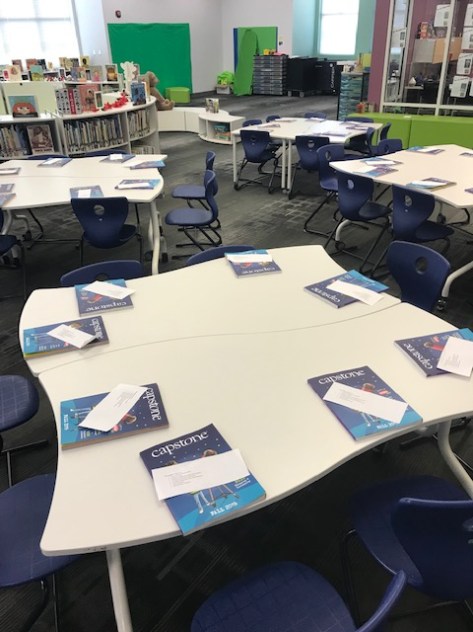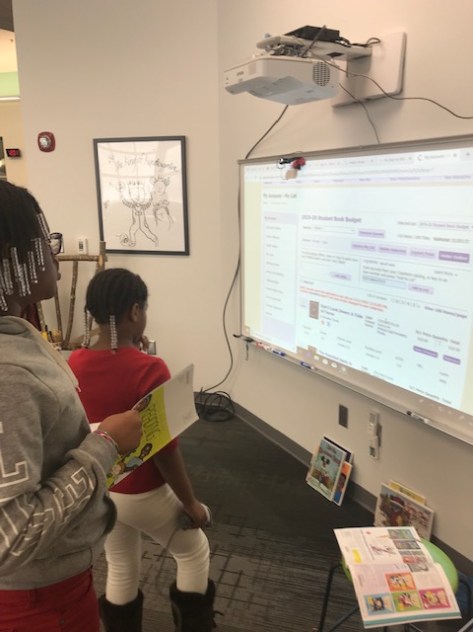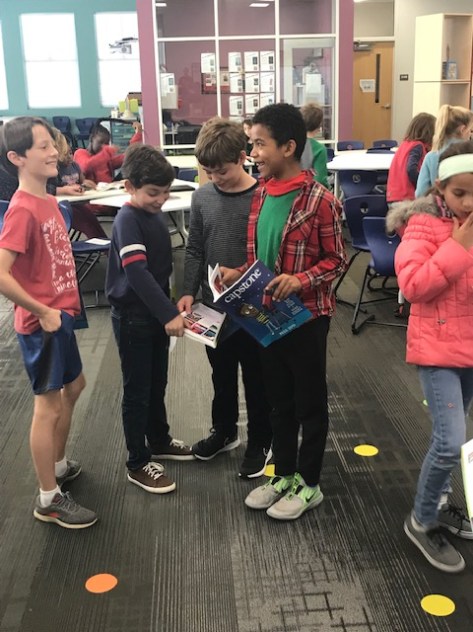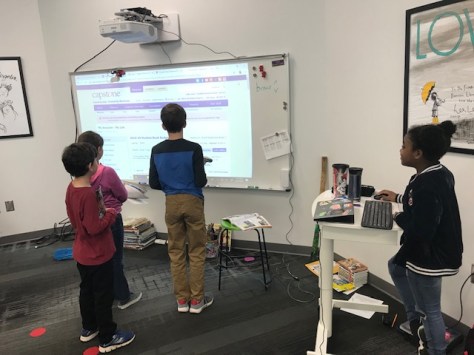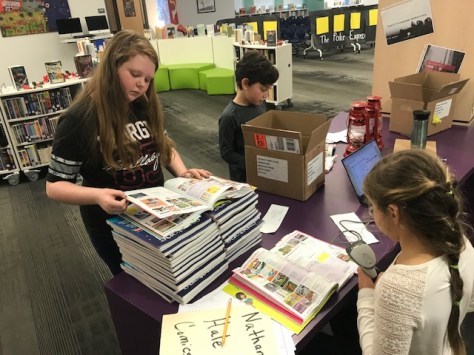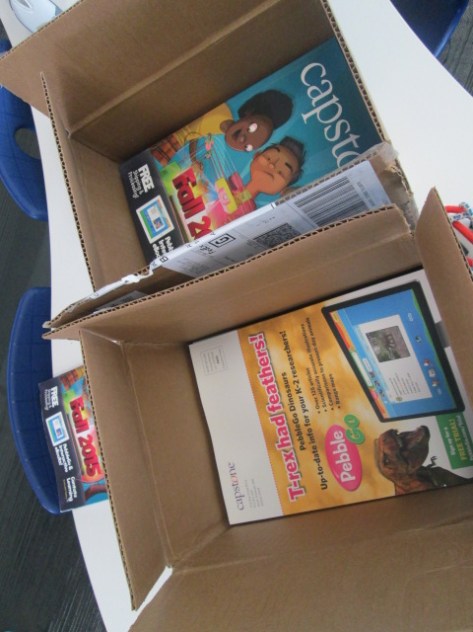
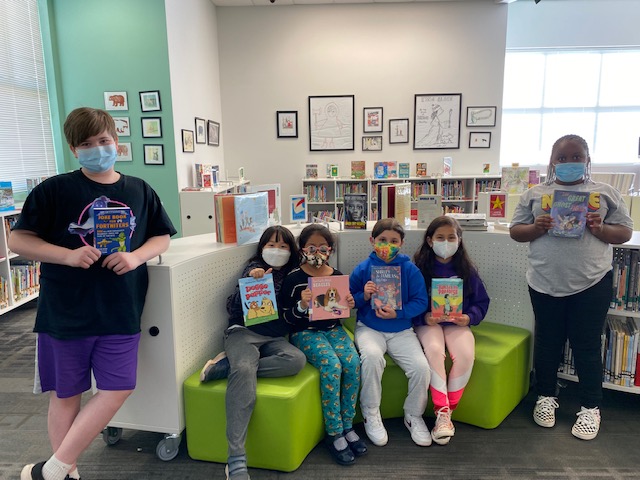
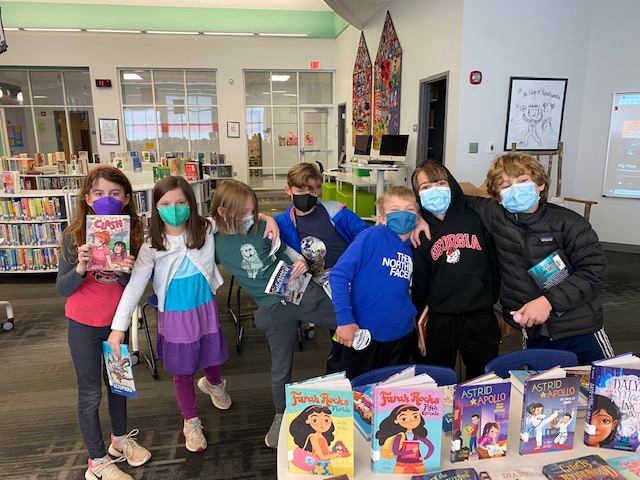
The 2021-22 student book budget team just completed their project for the year. Over 115 books were added to our library this year thanks to their work. We are so happy that this year’s books can be enjoyed for the second half of the school year. We are also happy that we were able to do this project in-person this year. We had to make a few changes such as not going on a field trip to Avid Bookshop and making sure students from the same class sat together.


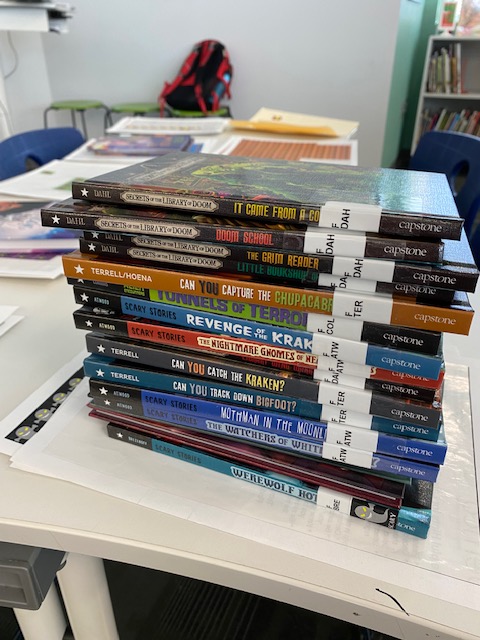

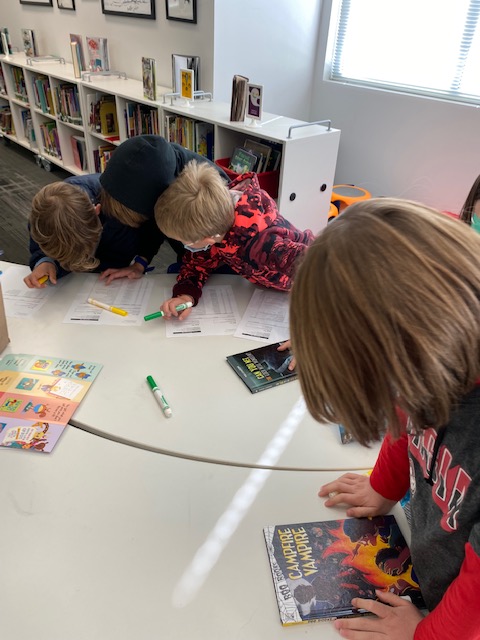



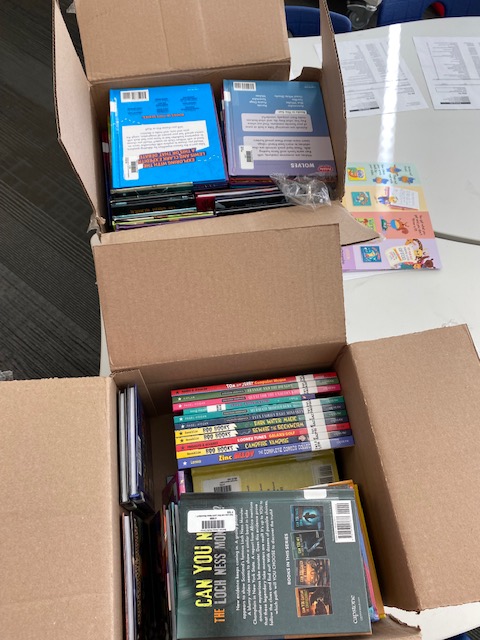
I ordered the student selections for this project back in November, so supply chain and the holidays delayed the book arrivals until the first couple of weeks of January. I picked up our books from Avid Bookshop and cataloged them for students. Our Capstone books shipped to our school and included processing labels already attached. Each grade level of students helped unpack books, cross check with the packing slip, inspect for damage, label with genre stickers, and scan books into their genre categories. Students also helped display the books on the tables in the library.





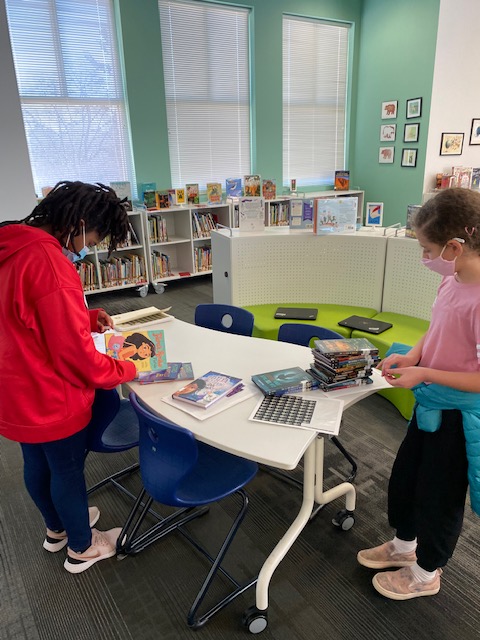
Each student on the book budget team got to select one book to check out before anyone else. The remaining books were quickly checked out by classes visiting the library. I’m sure they will continue to be enjoyed many times this year and beyond.
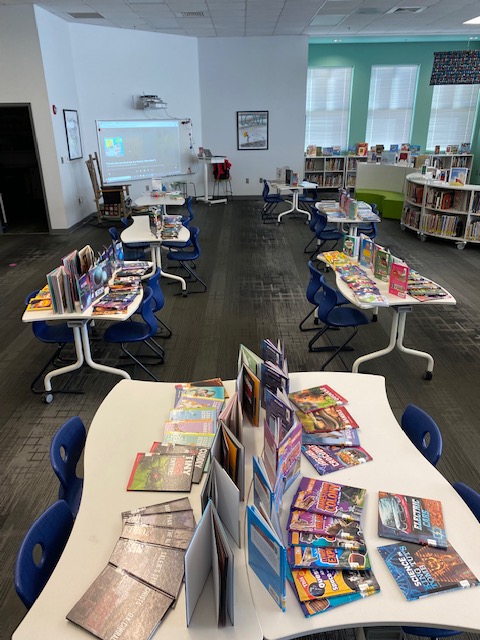
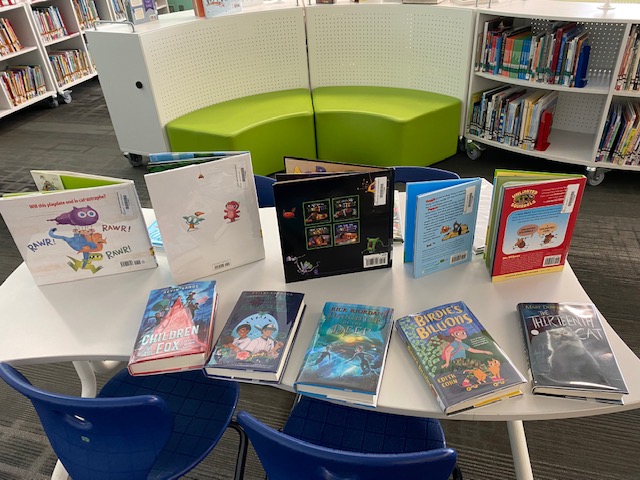






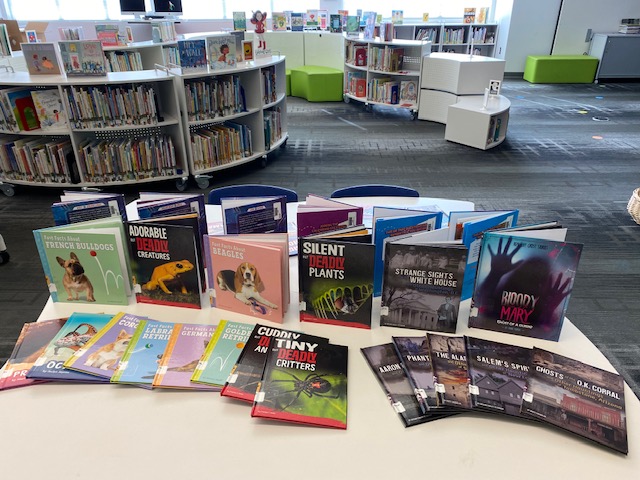


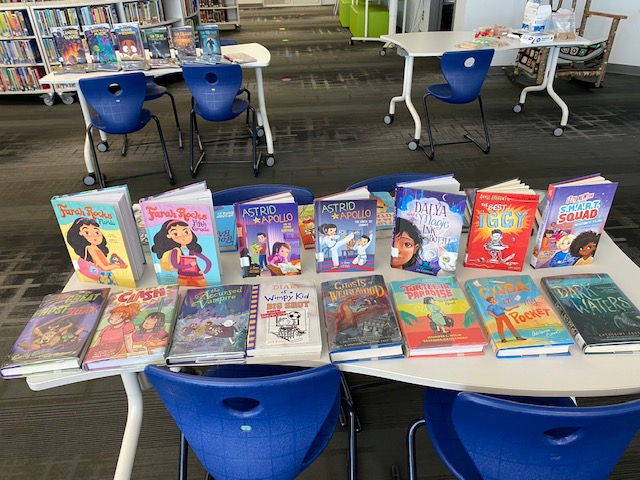
This year we had many students try out this project for the very first time. At our final meeting, I asked for some feedback to see what students enjoyed and encouraged our 3rd and 4th graders to join the project again next year. No one really had any thoughts for improvements for the project, but I asked them to think about it. As usual, getting to survey students throughout the school, meeting with Jim Boon from Capstone, and prepping the books for checkout were at the top of the list of favorite moments. Hopefully next year, we will be able to go on our field trip again because that is always a rewarding experience for students and a connection to our community.

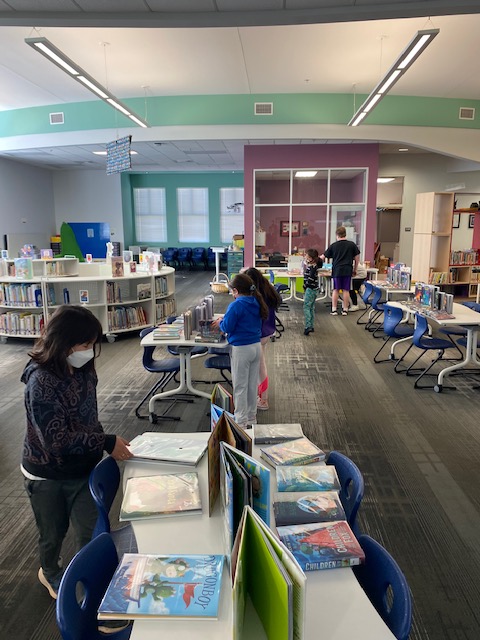
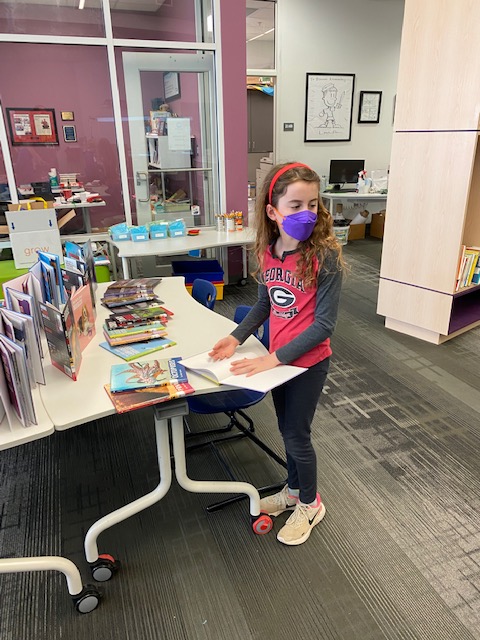
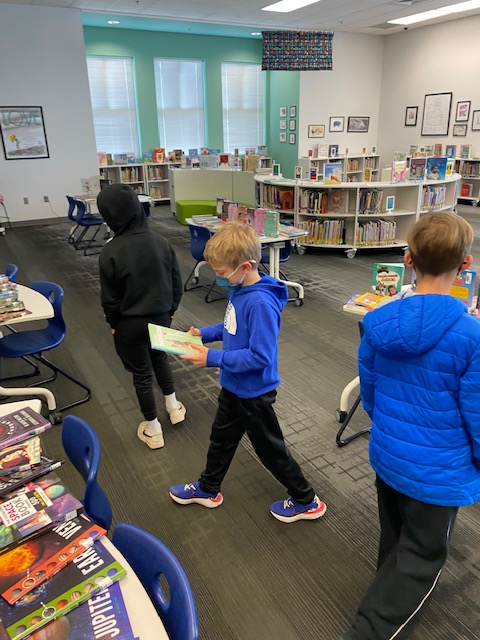
For now, we’ll enjoy these new additions to our library and build up our funds from book fair for next year’s project.


